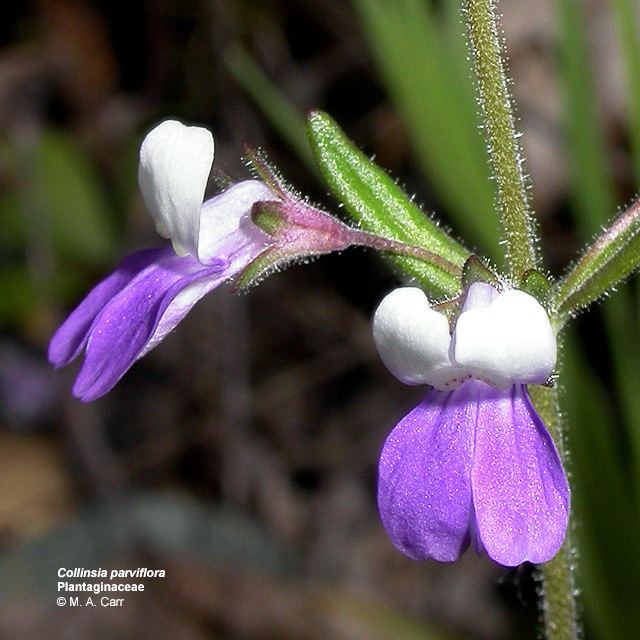Kingdom Plantae | Scientific name Plantaginaceae Rank Family | |
 | ||
Lower classifications Plantains, Broadleaf plantain, Speedwell, Foxgloves, Snapdragons | ||
Russelia equisetiformis firecracker plant coral plant coralblow plantaginaceae flor de coral
Plantaginaceae, the plantain family, is a family of flowering plants in the order Lamiales. The type genus is Plantago L..
Contents
- Russelia equisetiformis firecracker plant coral plant coralblow plantaginaceae flor de coral
- Plantago major tanchagem broadleaf plantain plantaginaceae
- Overview
- Genera
- References

In older classifications it used to be the only family of the order Plantaginales, but numerous phylogenetic studies, summarized by the Angiosperm Phylogeny Group, have demonstrated that this taxon should be included within Lamiales.

Plantago major tanchagem broadleaf plantain plantaginaceae
Overview

The plantain family as traditionally circumscribed consisted of only three genera, Bougueria, Littorella, and Plantago. However phylogenetic research has indicated that Plantaginaceae s.s. (s.s. = sensu stricto, in the strict sense) were nested within Scrophulariaceae (but forming a group that did not include the type genus of that family, Scrophularia). Although Veronicaceae (1782) is the oldest family name for this group, Plantaginaceae (1789) is a conserved name under the International Code of Botanical Nomenclature (ICBN) and thus has priority over any earlier family name for a family including Plantago. Furthermore, the ICBN does not consider family names published before 1789 to be names eligible for conservation, thus ruling out Veronicaceae. The name Antirrhinaceae has been proposed for conservation over Plantaginaceae. In the meantime, the Angiosperm Phylogeny Group has accepted the name Plantaginaceae. However, Olmstead (2003) has chosen to use the name Veronicaceae, a later synonym.

Plantaginaceae s.l. (s.l. = sensu lato, in the broad sense) are a diverse, cosmopolitan family, occurring mostly in temperate zones. The group consists of herbs, shrubs and also a few aquatic plants with roots (such as the genus Callitriche). Being so diverse, the circumscription of this family is difficult to establish.

The leaves are spiral to opposite and simple to compound. Unusual in Lamiales is the absence of vertical partitions in the heads of the glandular hairs.
The structure and form of the flowers is variable. Some genera are 4-merous (i.e. with 4 sepals and 4 petals), such as Aragoa (but this one has 5 sepals); others are 5-8-merous, such as Sibthorpia. The flowers of most genera are polysymmetric. The corolla is often two-lipped. In some taxa, the androecium is formed before the corolla.
The fruit is a capsule that dehisces through the partitions between the cells.
A group of genera including Lindernia has recently been segregated as the family Linderniaceae, and recognized by Haston et al. 2007, (also known as LAPG II) as "Post-APG II family".
Genera
The enlarged Plantaginaceae consists of 94 genera and about 1,900 species. The largest genus is Veronica with about 450 species. Veronica also includes the genera Hebe, Parahebe and Synthyris, formerly often treated as distinct. All genera of Plantaginaceae were formerly included in Scrophulariaceae except where otherwise stated.
Although GRIN includes Lafuentea Lag. in the Antirrhineae tribe, in the phylogenetic analysis of Fernández-Mazuecos et al. (2013) it was a sister to the Antirrhineae. as also noted by Albach (2005) For the time being it should be considered an outgroup.
